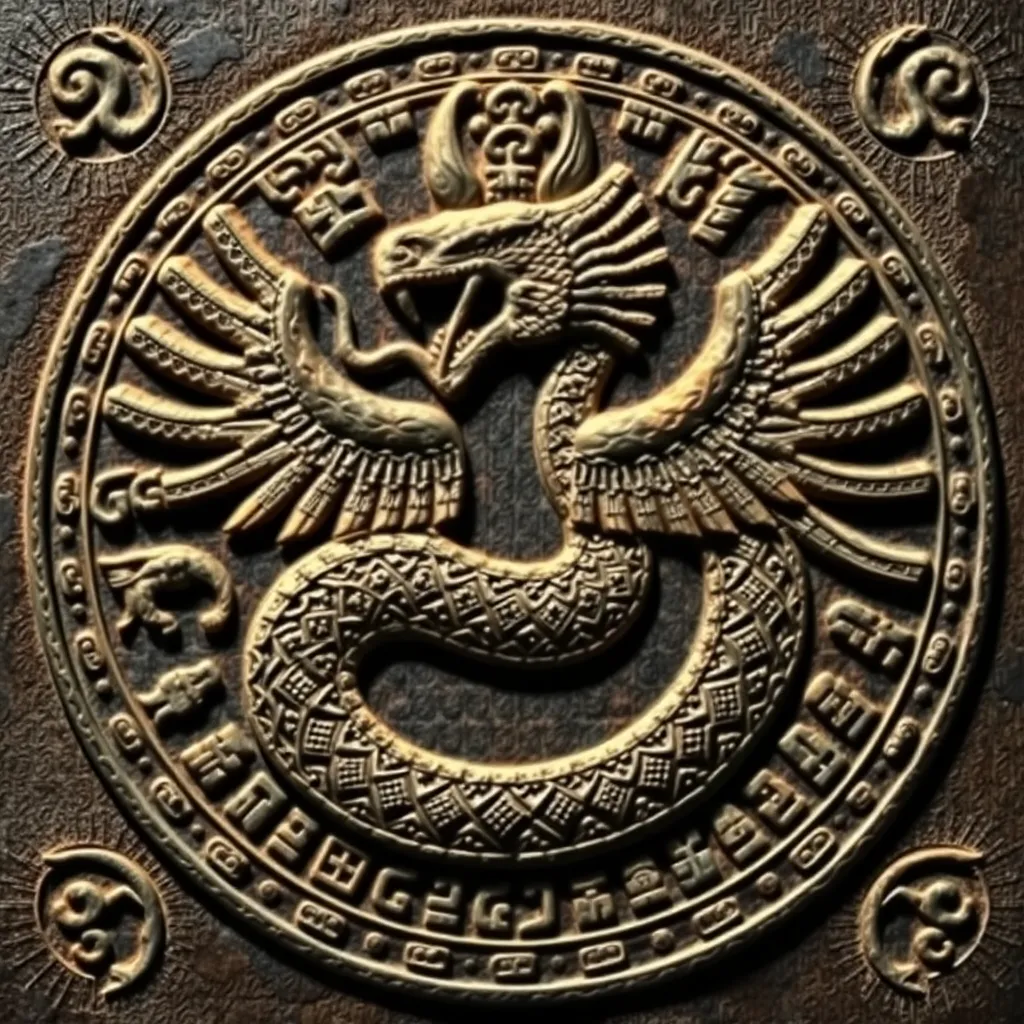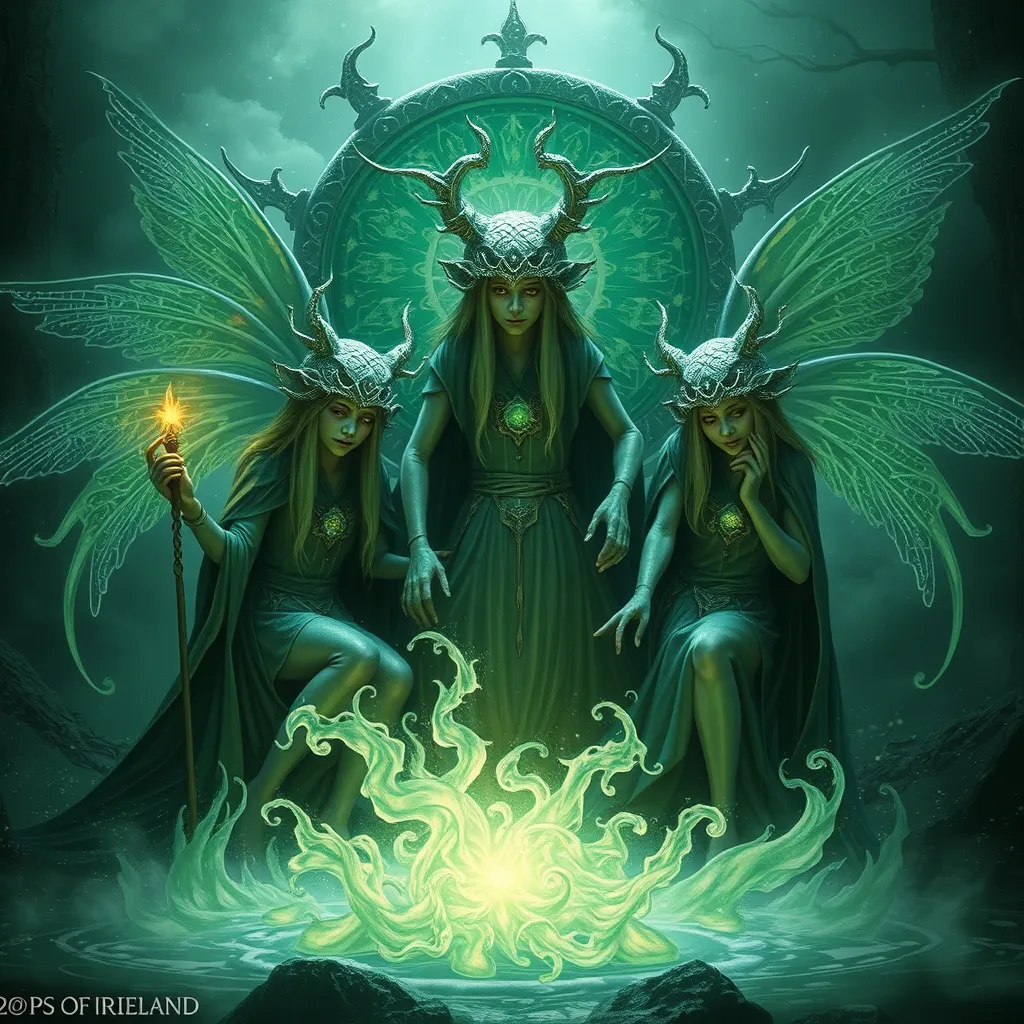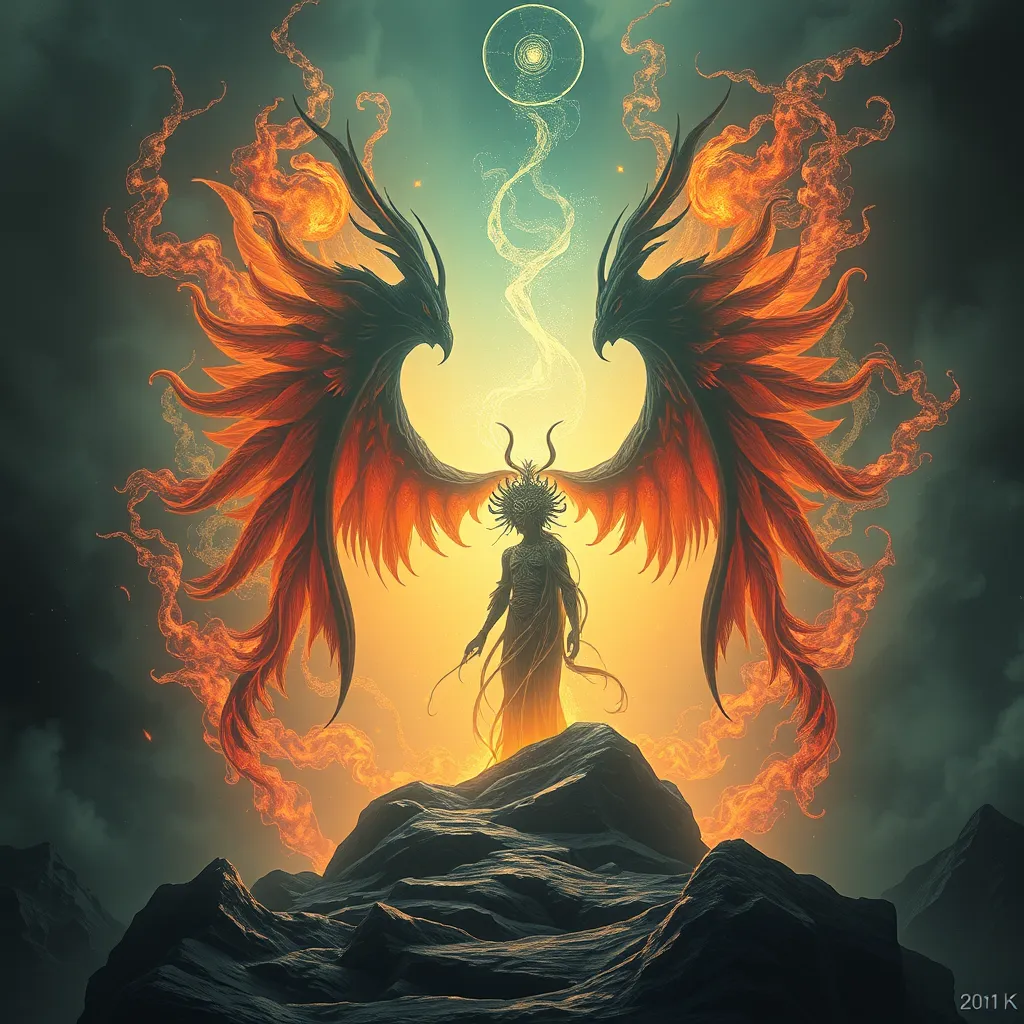Orcish Art & Craftsmanship: A Look at Orcish Artistic Expression Across Mythologies
I. Introduction to Orcish Culture and Mythology
Orcish culture has long been a subject of fascination across various mythologies, from J.R.R. Tolkien’s Middle-earth to the rich pantheons of folklore in different cultures. Orcs are often portrayed as brutish warriors, but there exists a deeper layer of artistry and craftsmanship that deserves exploration. Art and craftsmanship play a vital role in Orcish society, serving not just as aesthetic expressions but also as reflections of their values, beliefs, and history. This article aims to delve into the artistic expressions of Orcs across mythologies, examining their historical context, materials, themes, and modern interpretations.
II. Historical Context of Orcish Art
The origins of Orcish art can be traced back to ancient oral traditions and the early representations of these beings in folklore. Across various mythologies, Orcs are depicted with unique artistic styles that have evolved over time:
- Origins: Early depictions of Orcs often emphasized their brutish nature, but as cultures evolved, so did their artistic representations.
- Evolution: Throughout history, Orcish craftsmanship has seen a shift, incorporating influences from neighboring cultures while maintaining a distinct identity.
- Influences: The art of neighboring societies, including humans and elves, has also left a mark on Orcish styles, leading to a rich tapestry of artistic expression.
III. Materials and Techniques in Orcish Craftsmanship
Orcish artisans are known for their resourcefulness, utilizing a variety of materials in their craft. The most common materials include:
- Stone: Used in sculptures and tools, stone signifies strength and permanence.
- Metal: Weapons and armor crafted from metal showcase both utility and artistry.
- Wood: Traditionally used in carvings and everyday items, wood symbolizes life and growth.
Traditional techniques and tools are vital to Orcish craftsmanship. Orcish artisans employ methods passed down through generations, utilizing tools made from the materials they work with. The symbolism behind these materials is profound, often reflecting their connection to nature and their beliefs.
IV. Key Themes and Motifs in Orcish Art
Thematic elements in Orcish art are deeply rooted in their worldview and spirituality:
- Nature: Many motifs reflect the Orcs’ connection to the natural world, celebrating the landscapes they inhabit.
- War and Honor: Art often depicts scenes of battle and valor, capturing the essence of Orcish bravery.
- Geometric Patterns: Tribal designs and geometric patterns are prevalent, symbolizing unity and strength within their communities.
V. Orcish Sculpture and Architecture
Orcish sculptures and architecture serve as a testament to their artistic capabilities:
- Notable Sculptures: Large stone carvings of warriors or deities often mark significant locations, acting as cultural landmarks.
- Architectural Styles: Orcish buildings are characterized by sturdy materials and functional designs, often blending seamlessly with their environment.
- Public Art: Murals and communal sculptures play a significant role in Orcish communities, fostering a sense of belonging and shared history.
VI. The Role of Orcish Art in Storytelling and Myth-Making
Orcish art is not only a form of expression but also a vehicle for storytelling:
- Mythology and Folklore: Artworks often depict legends and myths, serving to educate and inspire future generations.
- Oral Traditions: The interplay between visual art and oral storytelling enriches their cultural heritage, creating a multidimensional approach to narrative.
- Case Studies: Specific artworks, such as the great stone reliefs depicting the War of the Ancients, are pivotal in understanding Orcish legends.
VII. Modern Interpretations of Orcish Art
In contemporary times, Orcish art has experienced a resurgence, particularly in popular media:
- Contemporary Artists: Many modern artists draw inspiration from Orcish themes, adapting traditional styles to suit modern sensibilities.
- Popular Media: Films, video games, and literature have reintroduced Orcish culture to new audiences, sparking interest in their art.
- Fusion Styles: The blending of traditional Orcish art with modern artistic movements has led to innovative expressions that honor their heritage while pushing boundaries.
VIII. Conclusion: The Legacy of Orcish Art and Craftsmanship
Orcish art and craftsmanship represent a vital aspect of their cultural identity, contributing significantly to global artistic traditions. Through their unique artistic expressions, Orcs have left an enduring impact that continues to resonate in contemporary society. As interest grows in the study of Orcish culture, it is essential to appreciate their craftsmanship and artistic legacy, ensuring that these rich traditions are not only preserved but also celebrated in future artistic endeavors.



